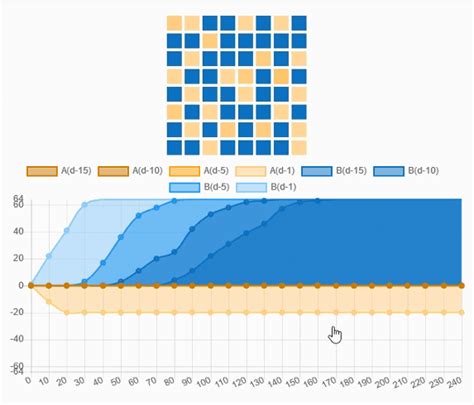Impact of Pool Size on Invalid Shares in Ethereum
Ethereum, like other public blockchains, relies on the concept of blocks to validate transactions and ensure the integrity of the network. Each transaction is submitted to a group of miners, who verify the validity of the transaction using complex algorithms and cryptography. A critical aspect of this process is the management of invalid shares, also known as orphaned or unconfirmed transactions.
When a block is mined on Ethereum, it contains a list of all the transactions that were included in that block. However, not all transactions are valid; some may be invalid for various reasons, such as insufficient funds, incorrect entries, or errors during transaction verification. These invalid shares can accumulate over time, leading to inefficient use of computing resources and slowing down the network.
The size of a pool, which refers to the number of miners validating transactions in parallel, plays a significant role in determining the number of invalid shares. A larger pool means that more miners are actively working on verifying transactions, which results in fewer orphaned or invalid shares being added to the block.
Why does pool size affect the number of invalid shares?

The main reason why a larger pool affects the number of invalid shares is due to the increased time it takes to verify transactions. Miners with more powerful hardware can process more transactions simultaneously, reducing the total processing time and resulting in fewer orphaned or invalid shares being added to the block.
However, there are several factors that contribute to this phenomenon:
- Computational power: Larger pools have more miners working together, increasing computing power and reducing the time it takes to verify transactions.
- Transaction Validation Rate: More miners validate transactions simultaneously, leading to a decrease in the number of invalid shares added to the block.
- Network Congestion: Larger pools can lead to increased network congestion as more miners compete for resources and processing power.
Impact on the Ethereum Network
In an ideal scenario, pool size is directly proportional to the reduction in invalid shares. However, in reality, there are additional factors that influence this relationship:
- Network Congestion: As more miners join a larger pool, network congestion increases, leading to slower transaction verification times and can affect overall network performance.
- Mining Difficulty: Increasing the pool size also leads to an increase in mining difficulty, making it more difficult for miners to validate transactions efficiently.
- Transaction Volume: The number of transactions that are processed is directly related to the pool size. A larger pool can process more transactions simultaneously, but may not be able to keep up with high volumes of activity.
Mitigating the Impact of Large Pools
While a larger pool has its benefits, it also introduces new challenges:
- Increased Network Congestion: Larger pools can lead to increased network congestion, slowing down transaction verification times.
- Difficulty Adapting to Changes: As the pool size increases or decreases, miners may have to adjust their mining strategy, which can be complex and require significant time and effort.
In conclusion, the size of a pool on Ethereum has a direct impact on the number of invalid shares added to the block. While larger pools provide greater efficiency in verifying transactions, they also introduce additional challenges that need to be managed. To mitigate these effects, it is essential for miners to understand their specific mining setup and adapt accordingly.
Recommendations
1.
